Dene Carter might be a relatively new name in the world of indie games, but you probably know his work. He helped create the classics Fable and Dungeon Keeper, and he made the iOS game Incoboto, so he knows a thing or two about game design. Like many visionary developers, he’s directed his talents to creating something amazing that no so-called AAA studio would touch.
Carter calls Spellrazor a “haunted arcade game” and it’s got a cool backstory that ties in with one of videogaming’s most famous urban legends. You see, Spellrazor is a remake (Carter calls it a “resurrection”) of the unfinished game of the same name that was being worked on by one Duncan Bower, circa 1980. Bower was an employee of Williams before being fired and taking his creation with him to his next employer, the CIA, where he coded 1981’s Polybius. After that, he vanished. There were rumors that he had gone insane, but no one knows if Polybius or insanity came first, and which one was a result of the other.
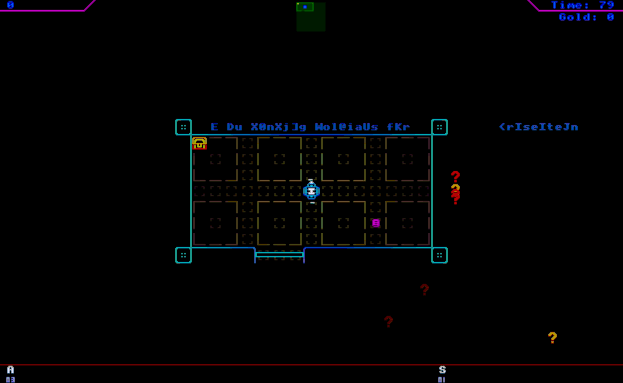
I’d guess that Bower’s madness had started to take hold even while he was at Williams, because Spellrazor is kind of mind-boggling. If it had come out in the ’80s, you might have described it as Berzerk with 27 fire buttons. That would have been ridiculous on an arcade cabinet, but fortunately, we can play it with a keyboard.
Your basic task is given to you in a robotic voice as you begin the game: search and destroy. You have to make your way through each floor and kill everything on it to unlock the next one. However, the control scheme and the level layouts make simply running and gunning impossible. Spellrazor forces you to be tactical in your approach.
For one thing, you move like a heavy ship, constantly fighting the drag of inertia. For another thing, each floor is divided into a set of rooms, and you can only see enemies in unentered rooms as question marks. You know their positions but not what type of foe you will face, so you need to briefly assess the situation and form a plan of attack before breaching and trying to clear each room. And speaking of attacks…
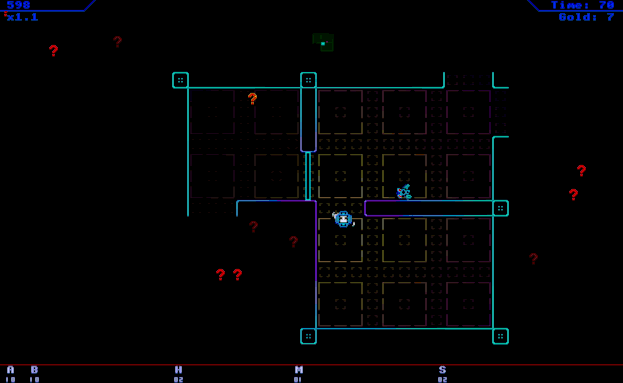
Your basic attack is a sword (space bar), swung slowly in an arc around you. You have to get really close to make a palpable hit, and you need to be aware of your target’s location in relation to your sword’s position when you start to swing it—or else you’ll miss. When you destroy enemies and open chests, you’ll be rewarded with spells. These range from homing shots to shields, and far beyond. There are 26 different spells, one for each letter on your keyboard. On the bottom of your screen, you’ll see each letter currently available to you and how many uses you have remaining.
A spell is identified only by its letter, so you have no idea what it does until you cast it. Proficiency in this game depends on you learning the effect of each spell and how best to use it, as well as remembering which key casts it. Fortunately, a slow motion bullet-time (sword-time?) effect is activated when an enemy gets within a certain range, giving you an extra smidgen of extra time to think.
Those are the basics, but the complexity doesn’t end there. This game is haunted, remember? As you traverse the floors, you’ll see glitches here and there, and strings of alphanumeric characters embedded in the walls. The further you get, the more you’ll see. Some of these are bits of a deeper backstory involving Bower, and at least some are hints on what to do with the debug console.
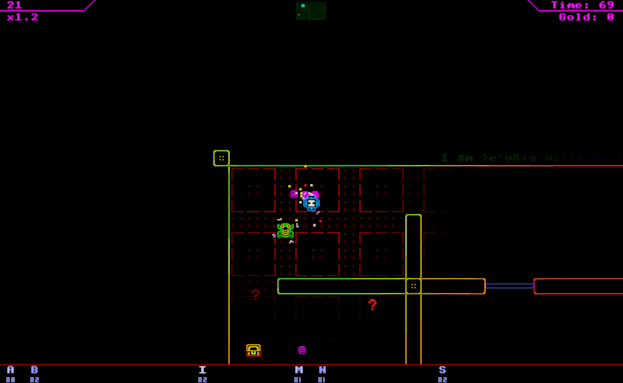
Debug console? That’s right. At any time, you can call up the console and type freely. There’s no telling how deep this rabbit hole goes, but you can alter the gameplay with the right keystrokes. You’ll also need to use the console to hack your way into vaults, which can be quite rewarding, but require passwords for safe entry.
Whew, that’s a lot. And there’s more I haven’t covered—and more to come! Spellrazor is still in development; it’s currently at version 0.2.9. The final release might be commercial, but for now it’s free. I’d love to know what mysteries you can uncover!
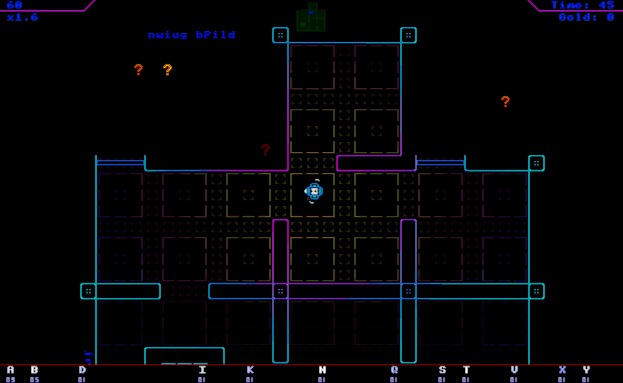
Spellrazor (for Windows and Mac) is free in its current form.
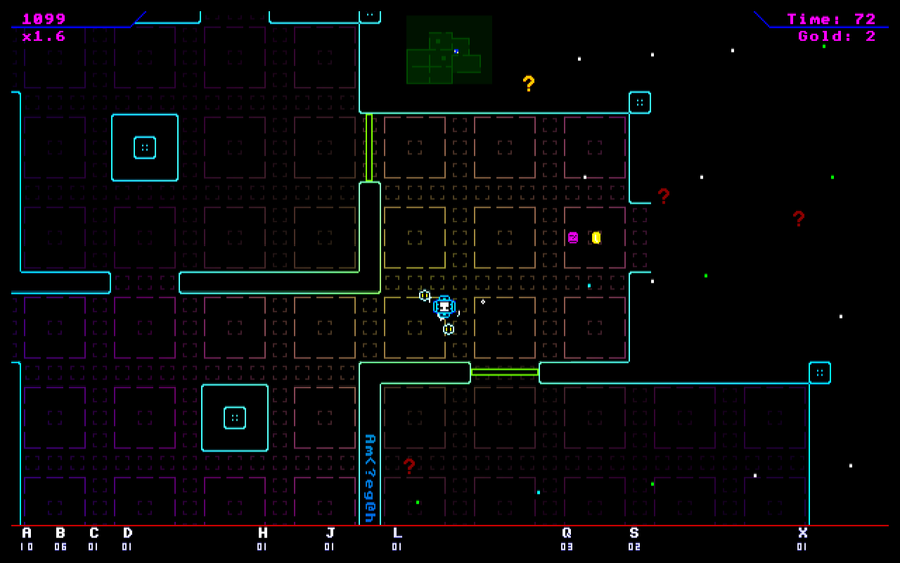
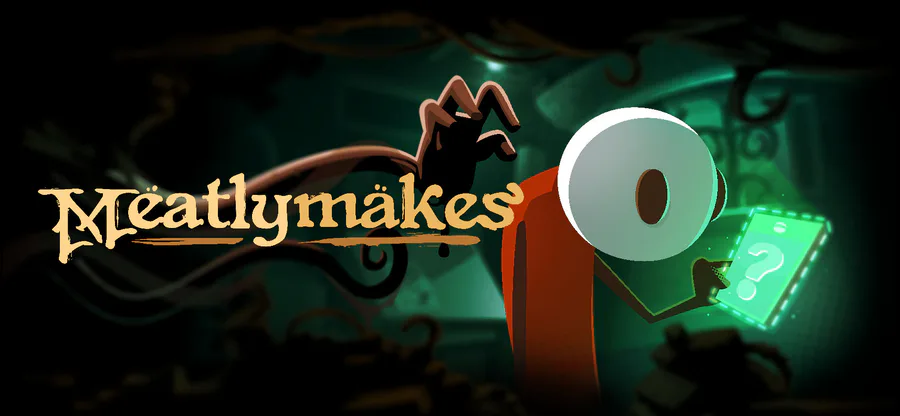

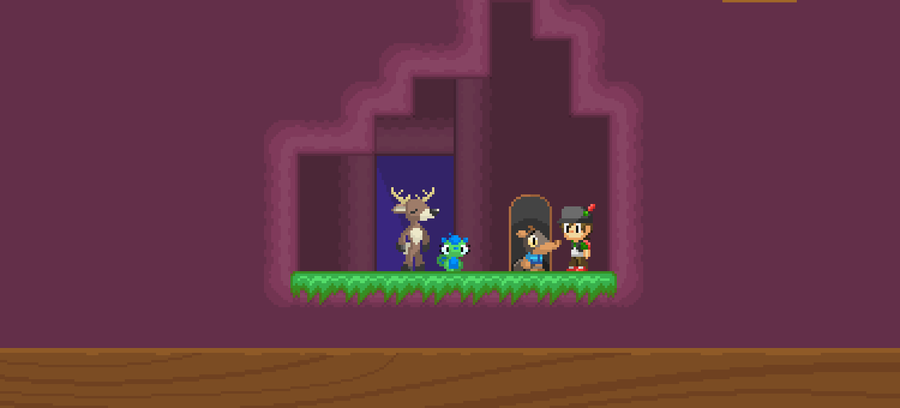

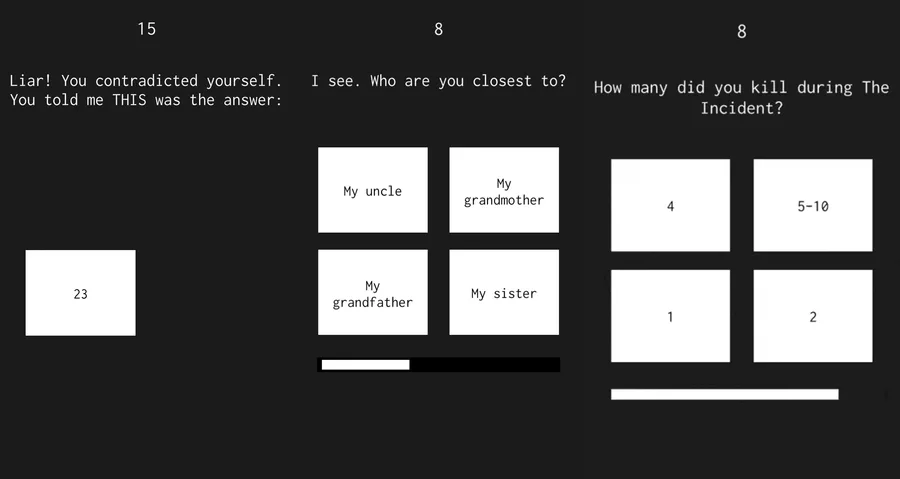
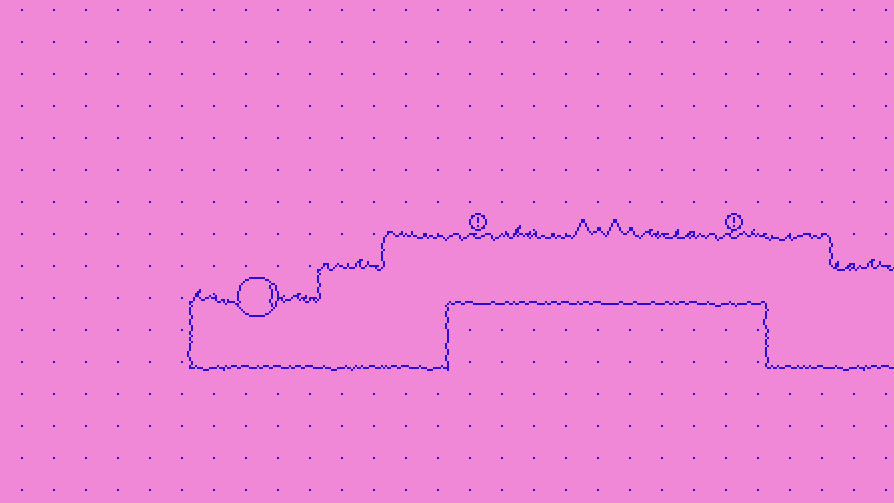
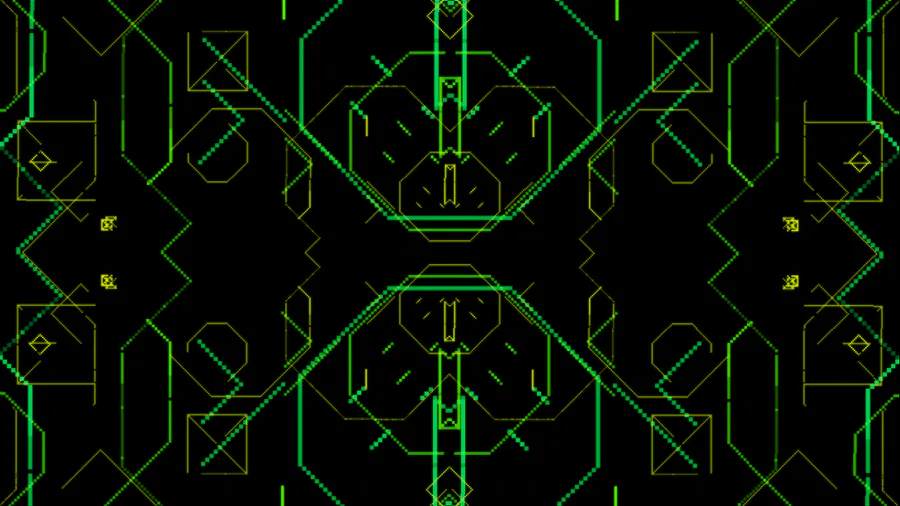

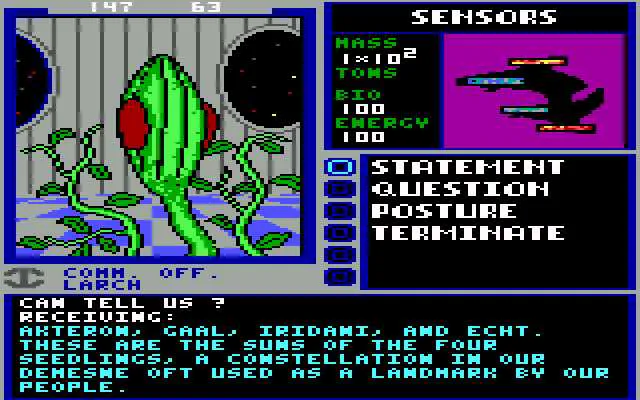

2 comments